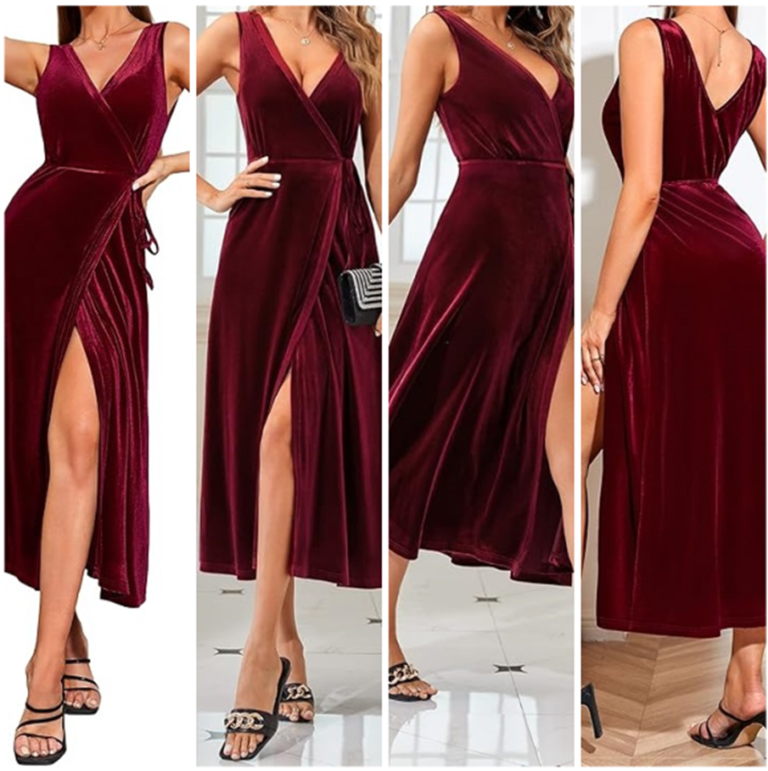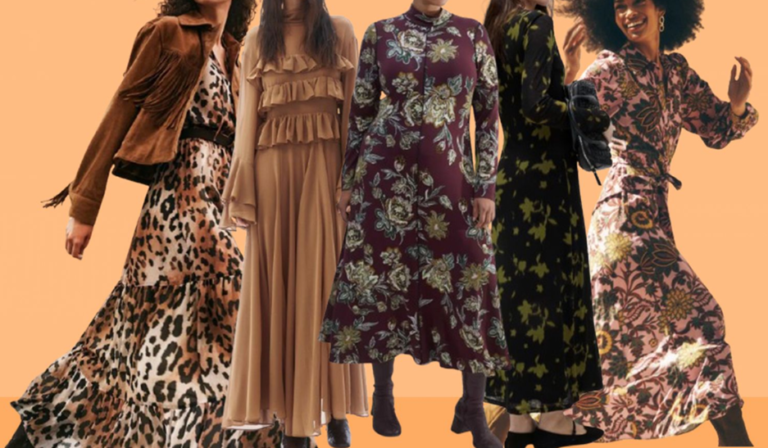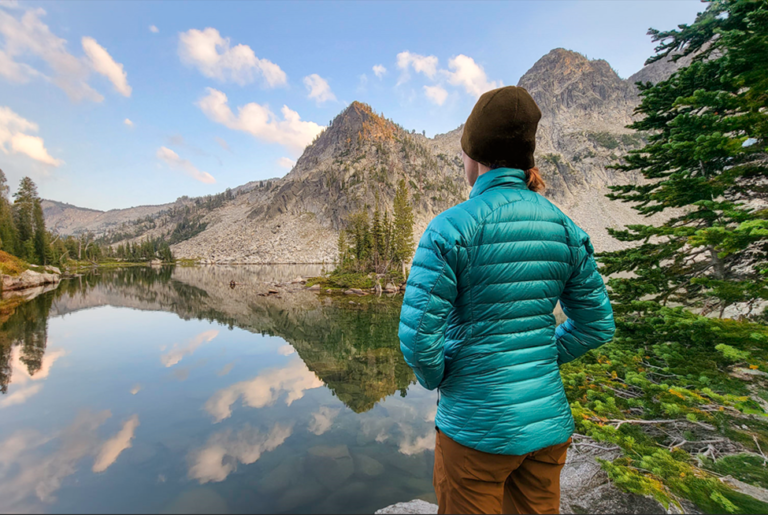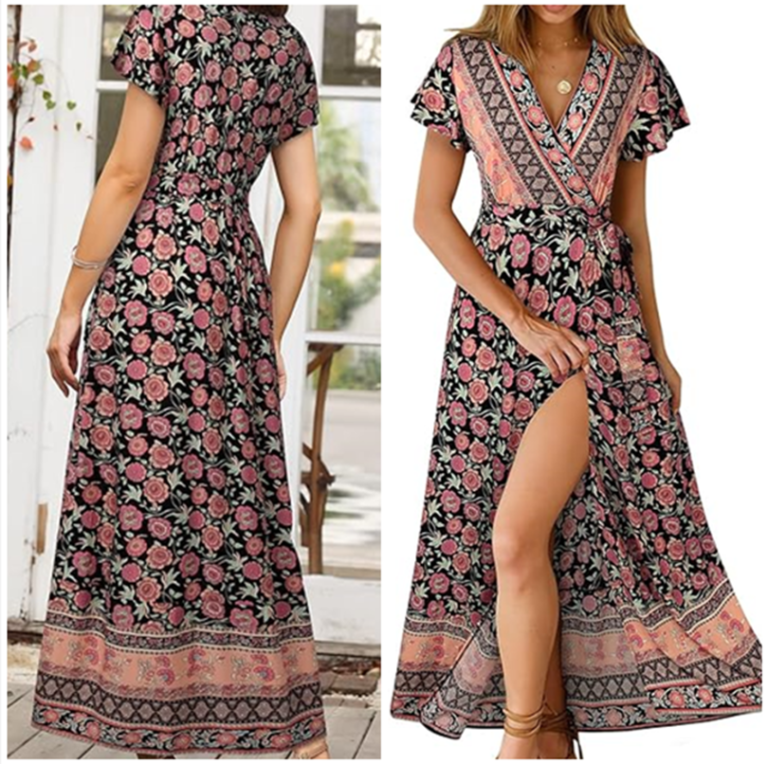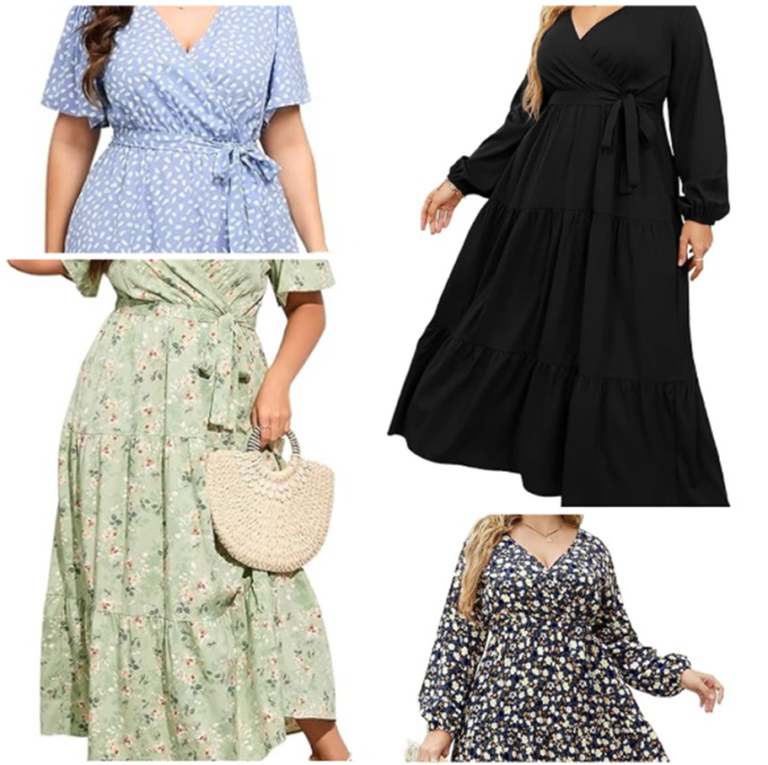Turtleneck Sweaters Guide: Best fabric you need to know
Turtleneck sweaters are a fashion classic. They provide comfort and style. However, fabric selection has a significant impact on their fit and feel. Let’s look at how different fabrics effect turtleneck sweaters.

Wool: Warmth and Structure
Wool is a common fabric for turtlenecks. It offers considerable warmth in chilly temperatures. Wool turtlenecks usually have a rigid fit. This cloth retains its shape well. It produces a streamlined silhouette. However, some people find wool scratchy on their skin. Look for merino wool for a softer feel. Merino wool is less itchy and more breathable. It provides both comfort and warmth.
Cashmere: Luxurious Softness
Cashmere is synonymous with luxury. These turtlenecks feel wonderfully delicate to the touch. They felt warm yet not heavy. This cloth drapes elegantly, giving an exquisite appearance. Cashmere is lightweight, making it ideal for layering. However, it takes careful attention. Cashmere can be fragile and prone to pilling. Proper cleaning and storage are required to retain its quality.
Cotton: Breathable Comfort
Cotton turtlenecks are ideal for everyday use. They are airy and comfy at various temperatures. This fabric feels soft against the skin, making it ideal for those with sensitive skin. Cotton turtlenecks often have a casual fit. They’re ideal for casual outings or lazing at home. Cotton, however, does not provide as much warmth as wool or cashmere. It is suitable for the transitional seasons of spring and fall.
Acrylic: Affordable Versatility
Acrylic is a synthetic material that is widely used for turtlenecks. It resembles wool but costs less. Acrylic turtlenecks are both light and warm. They are available in a range of colors and designs. This material is also easy to take care of. It resists shrinking and fading. However, acrylic may be less breathable than natural fabrics. This might cause discomfort in warmer weather.
Blends: The Best of Both Worlds
Many turtlenecks use fabric blends. Blending fibers like cotton and polyester creates versatile options. These blends combine the benefits of each material. For example, a cotton-polyester blend offers breathability and durability. It can also reduce wrinkles, making it easier to care for. Blended fabrics generally provide a smoother feel, offering comfort all the day.
Stretch Fabrics: Flexibility and Movement
Some turtlenecks have stretch textiles such as spandex. This addition offers us greater flexibility. Stretchy turtlenecks move with your body. They create a fitting appearance without being constricting. This characteristic is especially crucial for activewear. Turtlenecks with spandex are great for layering beneath jackets and coats. They hold their shape even after continuous wear.
Thickness: Impact on Warmth and Style
Fabric thickness is also a major consideration. Thicker turtlenecks add warmth. They exude a cozy, bundled-up atmosphere. They can, however, add heft to the silhouette. Thinner turtlenecks have a more cohesive appearance. They are perfect for layering without adding any weight. The optimum thickness varies depending on personal preferences and climate.
Texture: Adding Visual Interest
A turtleneck’s texture can greatly influence how it feels. Textured fabrics, like cable-knit, add depth and interest. These designs make the sweater more visually appealing. Smooth textiles provide a more polished appearance. The texture can also affect how the fabric drapes on the body. A textured turtleneck can create a more casual vibe, while smooth options are more formal.
Conclusion
The fabric used in turtleneck sweaters determine its fit and feel. Wool gives warmth and structure, while cashmere adds luxury. Cotton provides breathability, while acrylic is affordable. Blended textiles combine benefits, whereas stretch materials increase flexibility. Thickness and texture both play important roles. Understanding these factors can help you choose the perfect turtleneck. Select a fabric that suits your style and comfort needs!
FAQ’s
How does the fabric affect the warmth of a turtleneck sweater?
What are the benefits of wearing cashmere turtleneck sweaters?
How does the thickness of the fabric influence a turtleneck’s fit?
Are blended fabric turtlenecks more versatile?
How do stretchy fabrics affect the fit of turtleneck sweaters?

